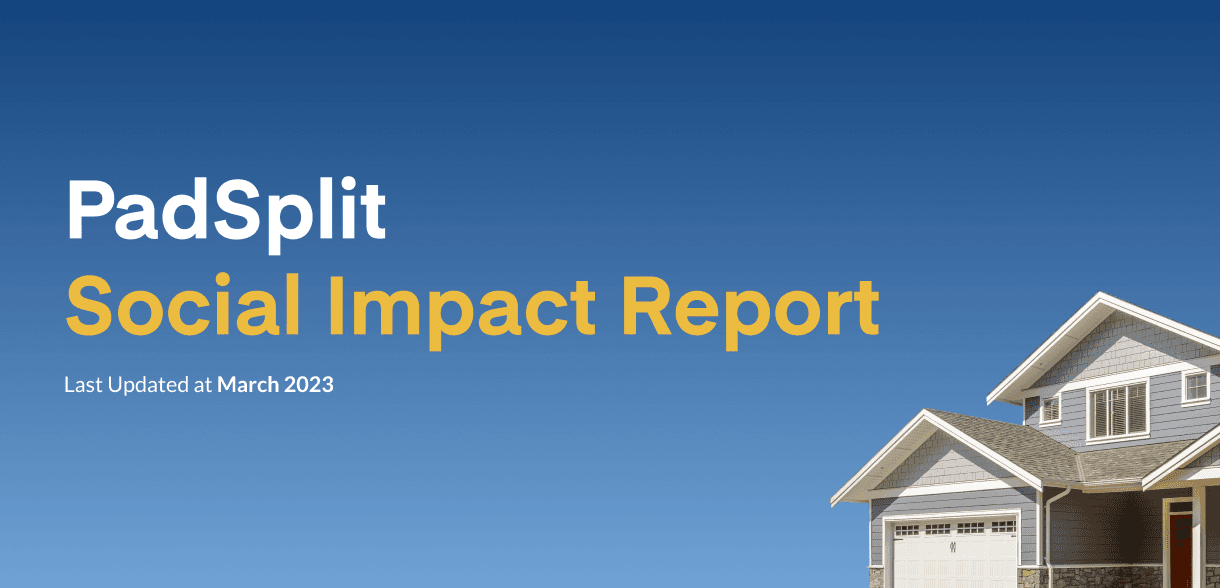Sometimes life hands you lemons. Sometimes it hands you unexpected expenses. Are you prepared for when it does?
According to Bankrate, only 41%t of us have enough money to cover a $1,000 unexpected expense. Over a third of us, 37%, admitted we would use our credit card, take out a personal loan, or borrow from a family member to pay for an unexpected $1,000 expense.
So, how do you create a financial buffer for these “just in case” moments? An emergency fund.
What’s an Emergency Fund?
An emergency fund is a special bank account where you set money aside in case life throws you a curveball. These curveballs might be:
- Sudden job loss
- Car problems
- Unexpected medical expenses
An emergency fund is your financial safety net in case something unexpected happens. It helps ensure you have the money you need without relying on credit cards or high-interest loans. It’s for these reasons building an emergency fund should be one of your biggest financial priorities.
Not sure how to get started building your emergency fund? Follow these six steps.
6 Steps to Build an Emergency Fund
1. Get clear about how much money you want to save.
Most experts agree you should have a minimum of three to six months’ worth of expenses covered in your emergency fund. For example, let’s say your total monthly expenses (rent, bills, food) are $3,000. Your emergency fund should have $9,000 to $18,000 in it.
2. Add a savings goal to your monthly budget.
This helps create a habit of saving money regularly. It also helps you reach your savings goal faster. Remember, every dollar saved adds up over time. Don’t be discouraged if your current situation only allows you to put aside $5 every week. That $5 a week adds up to $260 a year.
3. Open a separate account for your emergency fund.
It’s a good idea to keep your emergency fund separate from your everyday checking and savings accounts. The reason is it makes your money easy to access when there’s an emergency, but not so easy that you start using it for non-emergency purposes.
4. Set up automatic deposits into your emergency fund account.
There are a couple of ways you can set up automatic deposits to your emergency fund. The first is through your employer. Some employers allow you to select more than one account to receive your direct deposits. Talk to your employer to see if they offer this option. If they do, you can have them deposit most of your paycheck into your checking account and a set amount into your emergency fund each pay period. The other way to automatic deposits is with your bank. You can work with them to withdraw set amounts from your checking account each month and deposit into your emergency fund. Use the option that works best for you.
5. Save your tax refund every year.
The idea here is simple. You were already supporting yourself just fine off of your regular income. Instead of spending your refund, save it. It’s a great boost to your emergency fund that helps you reach your savings goal even quicker.
6. Review and make changes as needed.
Like your financial plan, it’s important to regularly check-in on the progress you’re making towards your emergency fund savings goal. Make adjustments as needed. Once you reach your emergency fund savings goal, you can start saving towards other goals like a vacation or retirement.
Creating and building an emergency fund can seem overwhelming. But, it’s an important part of a good financial plan because it protects you from unexpected expenses. Follow the steps above and you’ll be one step closer to reaching your financial goals and protecting your future.
Did you know? The biggest chunk of the average American’s budget goes toward housing, which accounts for about 37% of take-home pay. A great way to reduce expenses and build up your savings is to cut your housing costs. By moving into a PadSplit, you get all the benefits of living in a home without the huge rent payment and long-term leases. Curious how much you’d save? Check out our Savings Calculator to compare PadSplit to your current place.


